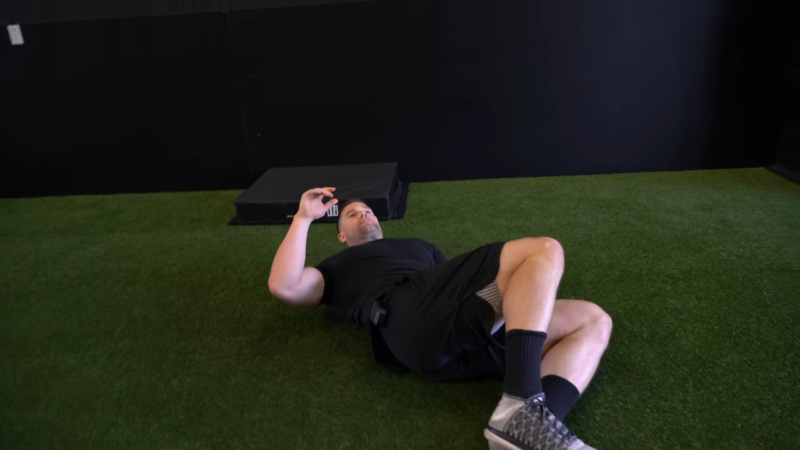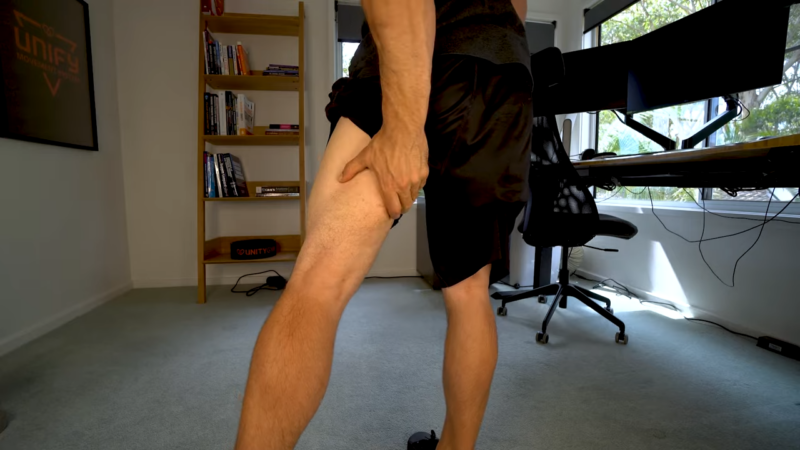
Share Post:
There I was, crushing my workout, feeling unstoppable—until I wasn’t. One wrong move, and suddenly, pain shot through my body, signaling something had gone wrong.
If you’ve ever had a similar experience, you know how disheartening and terrifying it can be. Injuries are frustrating, but they’re also a part of the fitness journey for many of us how you respond in those critical moments and the days that follow matters most.
Table of Contents
ToggleImmediate Steps After an Injury
First things first, assess the situation. Does it hurt when you move? Is there swelling or bruising? If you’re unsure about the severity, always err on the side of caution and seek medical advice.
Here’s what you can do immediately:
- Stop working out. Don’t try to “push through” the pain.
- Apply ice. Reduce swelling and inflammation by icing the area for 15–20 minutes every hour.
- Elevate the injury. If possible, keep the affected area raised to limit swelling.
- Rest. Avoid stressing the injured area entirely for a while.
When Can You Get Back to the Gym?
Now, the million-dollar question: how long do you wait before hitting the weights again? There are two schools of thought:
- Wait until fully healed. This is ideal for more serious injuries or when you’re still feeling significant discomfort.
- Resume light activity ASAP. Gentle movement can promote recovery as long as you’re careful.
The best solution is to consult your doctor to be sure you’re ready to continue with your workouts. To make it even easier, you can do it over Virtual doctors consultations.
Most importantly, listen to your body—seriously. Pain isn’t something to power through, it’s your body’s way of telling you to back off and give yourself the care you need.
Benefits of Staying Active During Recovery
Getting back to light exercise isn’t just about staying fit, it’s about staying sane!
Gentle activity helps:
- Keep you consistent with your routine.
- Boost blood flow to promote healing.
- Preserve some of the progress you’ve worked so hard for.
When to Delay Your Return
If you’re dealing with something like a broken bone, torn ligament, or other major injury, you might need extended rest. Always consult a GP or specialist before restarting any physical activity after a severe injury.
Trust me, it’s better to take a few extra weeks off than to risk permanent damage by rushing.
Ease Back Into Training
Let’s talk about how to approach your first few workouts post-injury. The key? Patience.
Start Slow
Think of this phase as a fresh beginning, not a continuation of where you left off. Allow your body the time it needs to adjust, and don’t compare your current performance to your pre-injury days.
By easing into activity, you give your muscles, joints, and ligaments a chance to rebuild strength safely, setting the foundation for long-term recovery.
Build Gradually

When you’re feeling ready to push a bit more, take it one small step at a time. Gradual progression is your best friend. Increase weight, reps, or intensity in tiny increments, paying attention to how your body responds after each session.
If you rush the process, you’re more likely to end up back on the injured list.
Focus on Form
Sloppy movements can place unnecessary stress on vulnerable areas, increasing your risk of re-injury. If you’re unsure about your form, don’t hesitate to ask for guidance from a trainer or physical therapist.
Be Okay with Less
Your muscles, strength, and endurance might not be where they were before the injury and that’s okay. Accepting that you might need to scale back for a while is key to long-term progress.
It doesn’t mean you’ve lost all your hard work, it’s just a temporary phase.
Muscle Memory
Ever notice how it’s easier to regain strength than to build it the first time? That’s muscle memory at work. When you train, your muscle fibers develop myonuclei – tiny powerhouses that stick around even after long breaks.
Once you’re back at it, those myonuclei help you regain lost strength and size much quicker.
How to Deal with the Mental Side of Recovery

You might find yourself cycling through emotions like:
Denial: “It’s not that bad; I’ll be fine tomorrow.”
Anger: “Why did this have to happen now?”
Bargaining: “If I rest for just one day, I can still train.”
Depression: “I’ll never get back to where I was.”
Acceptance: “Okay, time to recover smart and move forward.”
But don’t let those thoughts control you. Lean on your support system. Family, friends, or gym buddies can help. Stay focused on small wins, you must know that every pain-free movement is a victory.
How to Avoid Injury During Your Future Workouts
Prevention starts with a proper warm-up. Spending five to ten minutes on dynamic stretches can prepare your muscles and joints for movement, reducing the risk of strain. Mobility work is just as crucial flexible, well-functioning joints are less prone to injury, so make stretching or foam rolling a regular part of your routine.
Sloppy form is a common cause of injury, so if you’re unsure about your movements, invest time with a coach or trainer to ensure you’re performing exercises safely and effectively.
Final Thoughts
Gym injuries can feel like a massive roadblock, but they don’t have to derail your fitness journey. By acting quickly, prioritizing recovery, and easing back into training, you’ll come back stronger than before.
Take care of your body, stay patient, and above all, don’t give up.
Related Posts:
- How the Right Shoes Can Save Your Feet - A Guide to…
- Resuming Sports After a Head Injury - How to Know…
- How to Handle a Gym Injury (Without Getting Lost in…
- Ezekiel French Toast - Start Your Day Right
- Pros and Cons of Martial Arts Training for Women: Is…
- Is a Career in Fitness Right for You? How To Assess…









